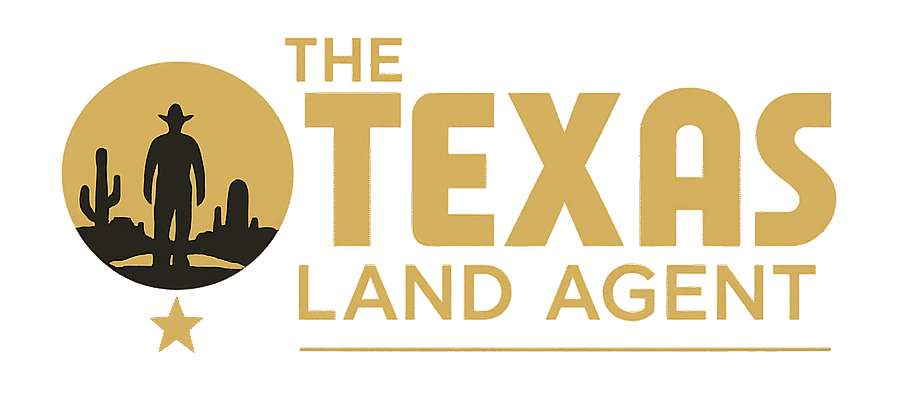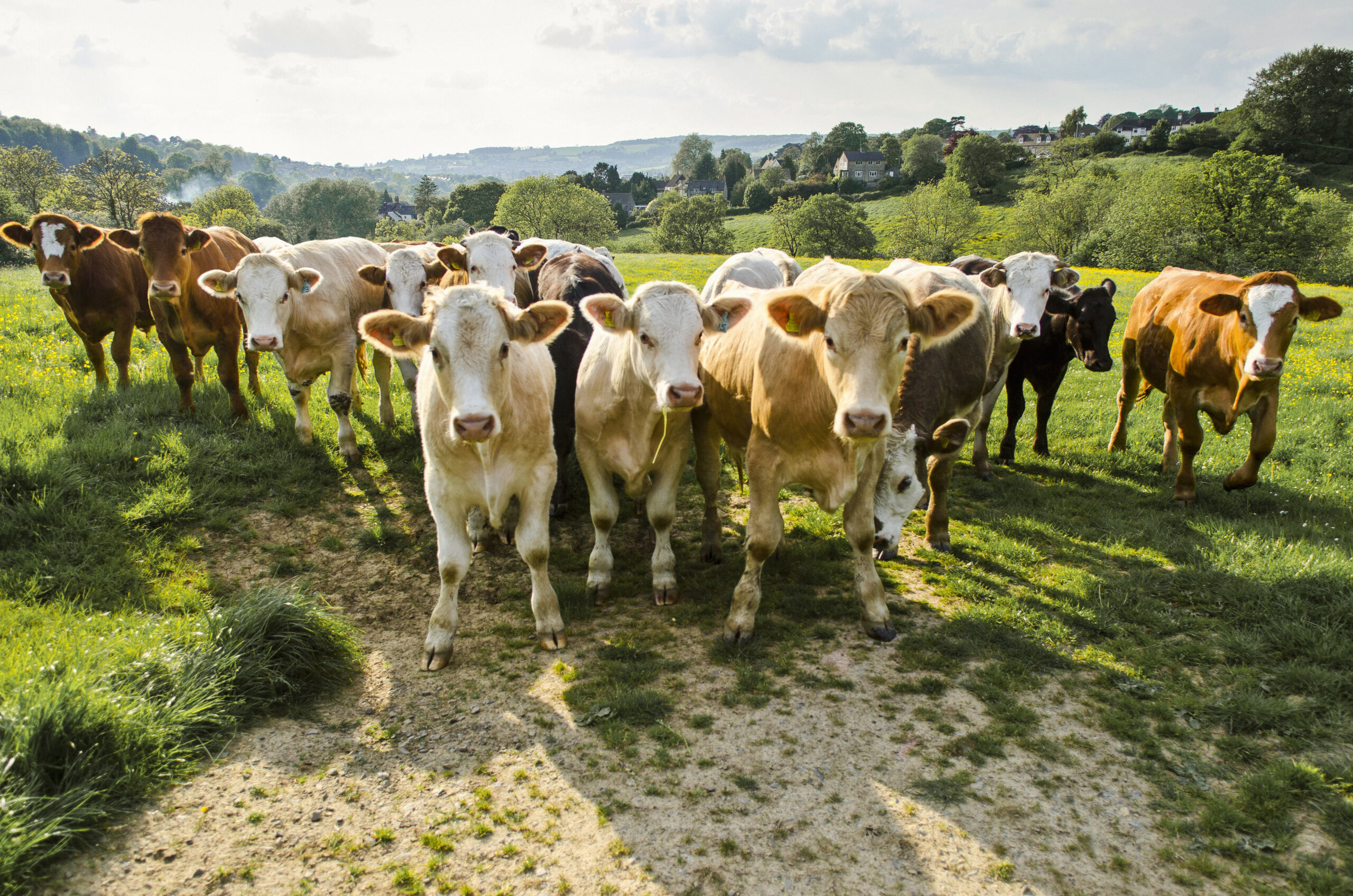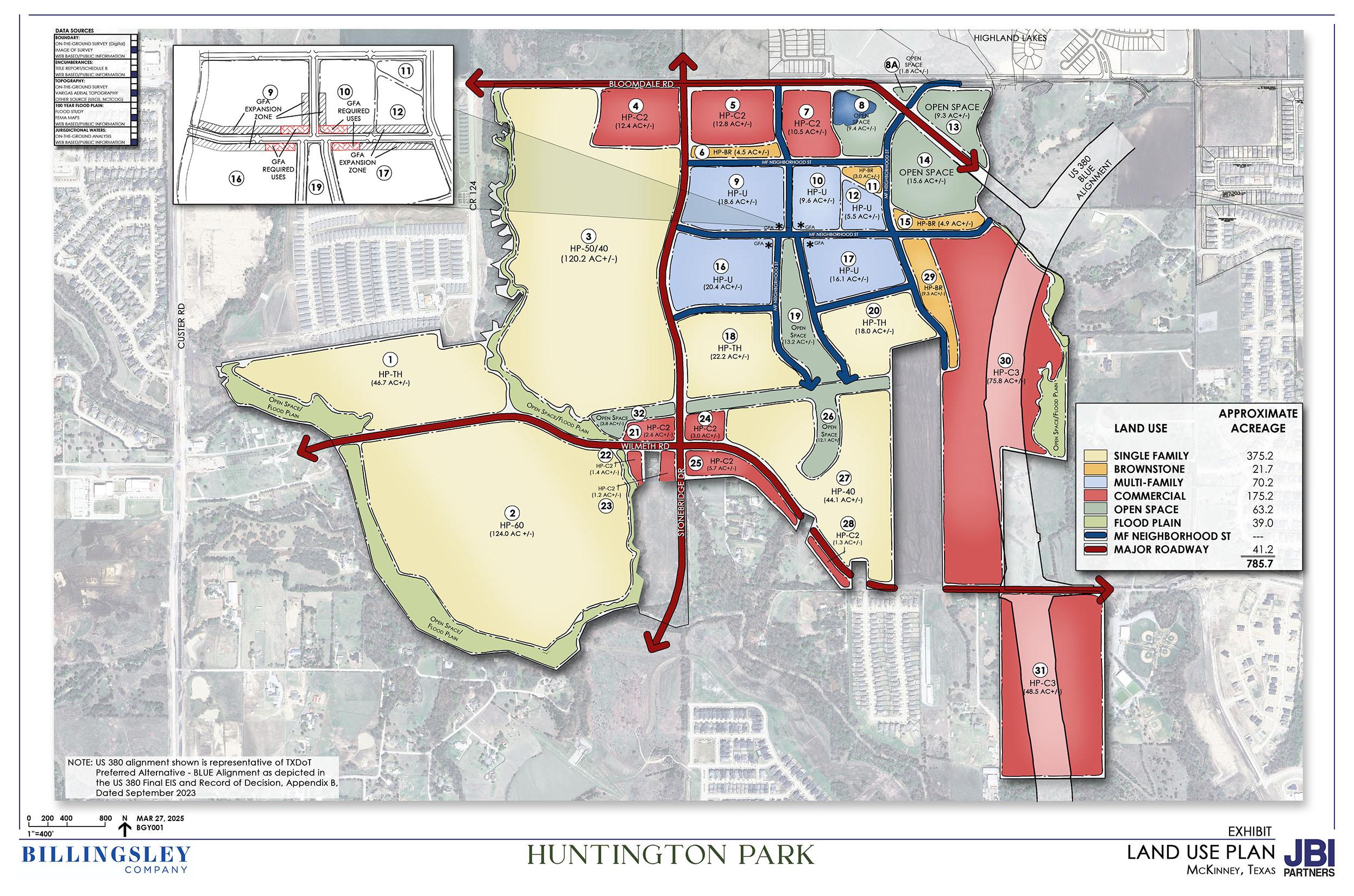If you’ve ever heard someone say they have an “ag exemption” on their land in Texas, they’re really talking about a special property tax appraisal—and it can save you thousands in taxes every year.
Whether you’re a landowner, investor, or someone buying land for the first time, understanding how ag exemptions work in Texas is key to keeping your holding costs low. Let’s break down what they are, how they work, and which one might be right for you.
What Is an Ag Exemption in Texas?
In simple terms, an “ag exemption” is a special appraisal that lets qualifying land be taxed based on its productivity (what it earns in ag use) instead of its market value. That means your land might be taxed at $100 per acre instead of $10,000 per acre.
There are several types of exemptions in Texas, and each is tied to how the land is used—farming, ranching, timber production, wildlife management, or even ecological research.
The Most Common Texas Ag Exemptions
Let’s simplify the five main types of agricultural valuations in Texas and what it takes to qualify:
1. Open-Space Agricultural Use (1-d-1 Appraisal)
Best for: Most landowners using land for hay, cattle, farming, or beekeeping
This is the most common “ag exemption.” Your land must be currently used for agriculture and have been in qualifying use for 5 of the last 7 years. The land doesn’t have to be your main income, and you don’t need to be a full-time farmer.
Qualifies for: Hay production, cattle grazing, crop farming, vineyards, orchards, and even beekeeping (on 5–20 acres with minimum hive counts)
Tax benefit: Land is taxed based on what it earns in farming—not its market value
Deadline: Apply with Form 50-129 by April 30 (only reapply if ownership or use changes)
SEO keywords: Texas ag exemption, 1-d-1 open space valuation, Texas agricultural appraisal, property tax savings
2. Wildlife Management Valuation
Best for: Landowners who want to stop running cattle and focus on habitat, hunting, or conservation
Already got an ag exemption? Great—you can shift to wildlife use and still keep the tax break. You’ll need a written plan and must follow 3 of 7 approved practices like providing food, water, shelter, habitat improvements, predator control, or wildlife surveys.
Pro tip: This is a smart move if you’re tired of leasing cattle just to “hold the exemption”
Tax benefit: Keeps the same low ag valuation
Deadline: Submit Form 50-129 + your Wildlife Management Plan by April 30

3. Timber Valuation
Best for: Landowners in East Texas growing pine or hardwood for commercial use
Your land must be actively growing timber with intent to harvest. You don’t have to log every year, but there should be a management plan and some activity (like planting, thinning, or controlled burning).
Works well in: East Texas counties with pine forests
Tax benefit: Huge—land can be valued at a fraction of market price
Deadline: Apply with Form 50-167 by April 30
4. Restricted-Use Timber Valuation
Best for: Timberland owners with buffer zones, wildlife areas, or young plantations
If you’re regenerating land after a harvest, or maintaining zones where cutting is restricted (like stream buffers), you may qualify for this extra-low valuation.
Used during: The first 10 years after planting or in designated “no-cut” zones
Tax benefit: Even lower than standard timber values
Deadline: Apply with Form 50-281 by April 30
5. Eco-Lab Appraisal (Ecological Laboratory)
Best for: Landowners partnering with colleges for ecological or environmental research
Got raw land with no ag history? This exemption allows you to partner with a university conducting research—your land becomes a scientific “lab” and qualifies for ag valuation immediately.
Perfect for: New owners who don’t want to wait 5–7 years for traditional ag qualification
Tax benefit: Full ag valuation while research is ongoing
Deadline: Apply with Form 50-166 by April 30
How Much Will You Save?
Let’s say you own 50 acres valued at $10,000/acre on the market = $500,000 taxable value.
With a 1-d-1 ag exemption, your taxable value might be just $5,000–$10,000 total.
That can slash your annual property tax bill by 90% or more.
As always we are not tax experts and we recommend always checking with your account and the county taxing district.
Don’t Forget: Rollback Taxes
If you stop the qualifying use (like letting land sit idle or developing it), you’ll owe rollback taxes for the previous 3 years, plus 5% interest per year. Always notify the county if you change use—or better yet, transition to another qualifying use like wildlife or timber.

Mini But Mighty: Beekeeping Counts
Yes, bees count! If you have 5–20 acres, you may qualify by raising honeybees—typically with 6–12 hives depending on acreage. It’s a popular option for small landowners or homesteaders.
What to Do Next
- Check with your county appraisal district for local minimums and land use standards.
- Apply by April 30 with the correct form.
- Keep records—receipts, photos, lease agreements, or wildlife activity logs.
- Stay in compliance each year to keep your savings.
Final Word
Texas makes it easy to keep rural land affordable—if you use it the right way. Whether you’re grazing cattle, planting pine, restoring native habitat, or studying songbirds with a local university, there’s a path to serious property tax savings.
Got land? Use it. File your forms. And take advantage of the ag exemptions built to help Texans hold onto their land. I will also leave you with this. It is important to check with your county on the proper documents and filing deadlines as each county may have additional forms and timelines.




